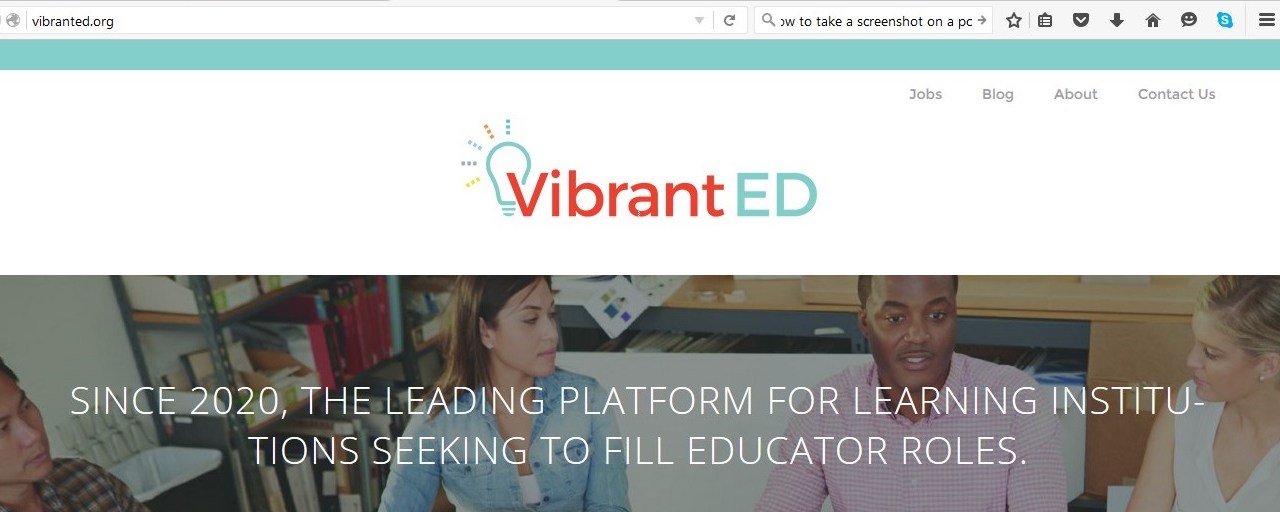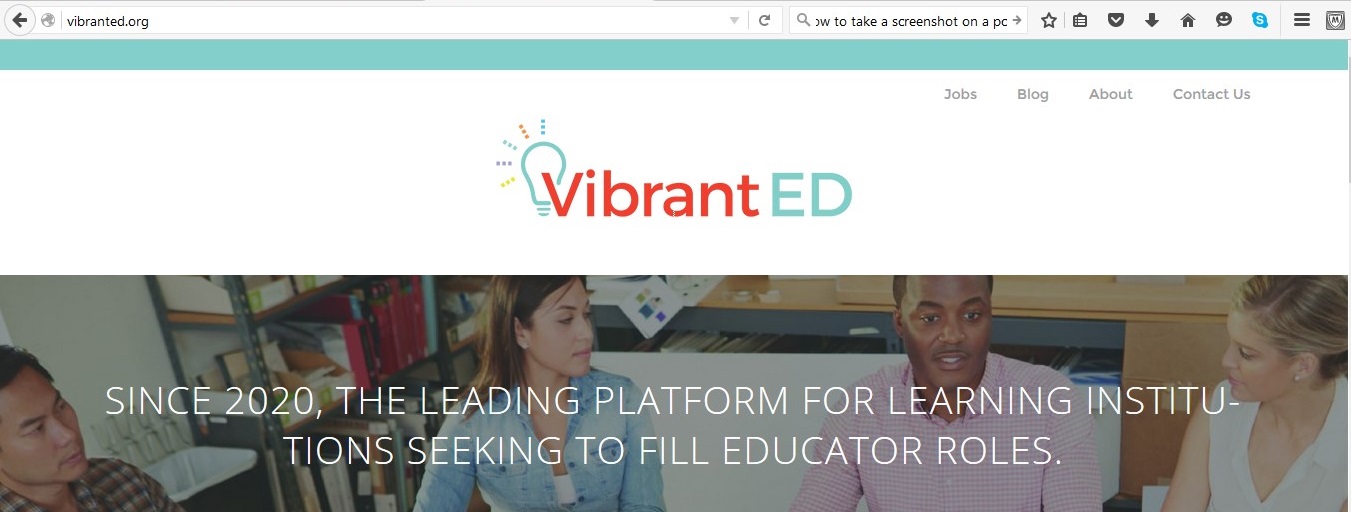
Here’s my thesis: “school” needs to be radically revamped to ensure that every kid has a safe, stimulating, supportive learning environment. Note I put “school” in quotes: one big challenge to inventing a new future for education is that we’re hobbled by our old vocabulary. When I talk about museums building the future of learning, I don’t mean more school trips from conventional schools–I mean creating a whole new system in which museums play an integral role. One of my long-time partners in the incremental process in reshaping the landscape of education is Katherine Prince (@katprince), senior director of strategic foresight at KnowledgeWorks. In today’s guest post, Katherine shares a new online tool created by KnowledgeWorks that helps us build a new vocabulary about education–in this case, envisioning the roles that will supplement (and to some extent supplant) old-fashioned “teachers.” Read the essay, take the quiz, see what role you might play in the next educational era, and think about how “museum educators” may map onto this new taxonomy.
Imagine that the year is 2025 and you want to contribute to education or help a friend shift careers. How might you find your niche in an expanding learning ecosystem in which educator roles have diversified to reflect new kinds of learning environments and learner supports? How might a broad range of experiences and skills, many of which stretch beyond the capacities of current school- and museum-based educators, enrich learning?
Imagine that the year is 2025 and you want to contribute to education or help a friend shift careers. How might you find your niche in an expanding learning ecosystem in which educator roles have diversified to reflect new kinds of learning environments and learner supports? How might a broad range of experiences and skills, many of which stretch beyond the capacities of current school- and museum-based educators, enrich learning?
VibrantED is a future recruitment platform that simulates what it might look like to connect people seeking to contribute to an expanded learning ecosystem with the latest job openings and opportunities. It includes an interactive quiz that lets you play with possibilities to relate your own aptitudes with nine educator roles. Each one is a reflection of trends shaping the future of learning and these roles illustrate what work might look like for educators in the future– and where as well as how they will do their work.
A few of those future roles seem particularly relevant to today’s museum community:
- The site imagines that Learning Extravaganza has a one-year contract position open for an experienced pop-up reality producer to lead and manage a series of learning dynamic, pervasive learning events for the 2025 production season. The position is a full-time leadership and design role with responsibilities for planning a series of learning pop-ups in conjunction with Tucson-area media arts developers, game designers, community organizations, and cultural agencies.
- A fictional Museum of Social Movements is seeking a director of social good to foster partnerships with other learning ecosystem organizations across the world that connect learners with existing or burgeoning social movements as part of their education.
- Amoeba Learning is “hiring” a competency tracker to help people with great local learning experiences by finding out and evaluating what’s going on in the South San Francisco Bay region and letting people know about it. Think of this role as a regional learning DJ; the learning playlist, as comprised of a wide variety of experiences based in museums, libraries, maker spaces, local businesses, and beyond.
- Crestwood Learning Village is an imagined custom micro-school consisting of 50 families looking for an innovative learning pathway designer to work with students aged 8-17 in curating their learning journeys. Crestwood believes in hands-on experiential learning and in extending learning through deep community relationships and co-learning opportunities and is subject-matter and grade-level agnostic.
These roles and the others on the site challenge us to suspend our assumptions about what educator roles look like and imagine new uses of human capital in education. Some of them might attract current school- or museum-based educators, while other roles might attract people from fields as diverse as the data sciences, anthropology and ethnography, neuropsychology, and media design.
If one or more of these roles resonates with you, how might you go about developing it for yourself, your organization, or the learning ecosystem(s) in which it participates? If none of these roles appeals but the idea of creating new roles for an expanded learning ecosystem intrigues you, what alternatives might you design? In either case, what skills would you or your colleagues need to develop to leverage emerging trends to contribute to the creation of vibrant learning ecosystems for all learners?
I invite you to delve into the VibrantED simulation, to play with possibilities in the future world that it envisions, and to consider what that time in the future might mean for the strategic choices that you make today. It’s up to all of us to create the future of learning, and we’re not going to transform education without thinking anew about the ways in which adults contribute to learning.









